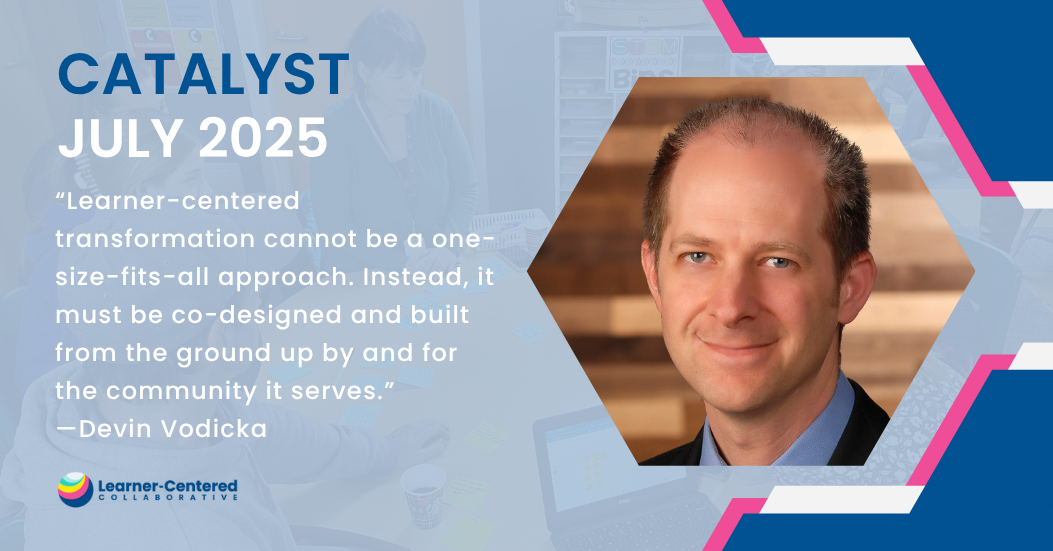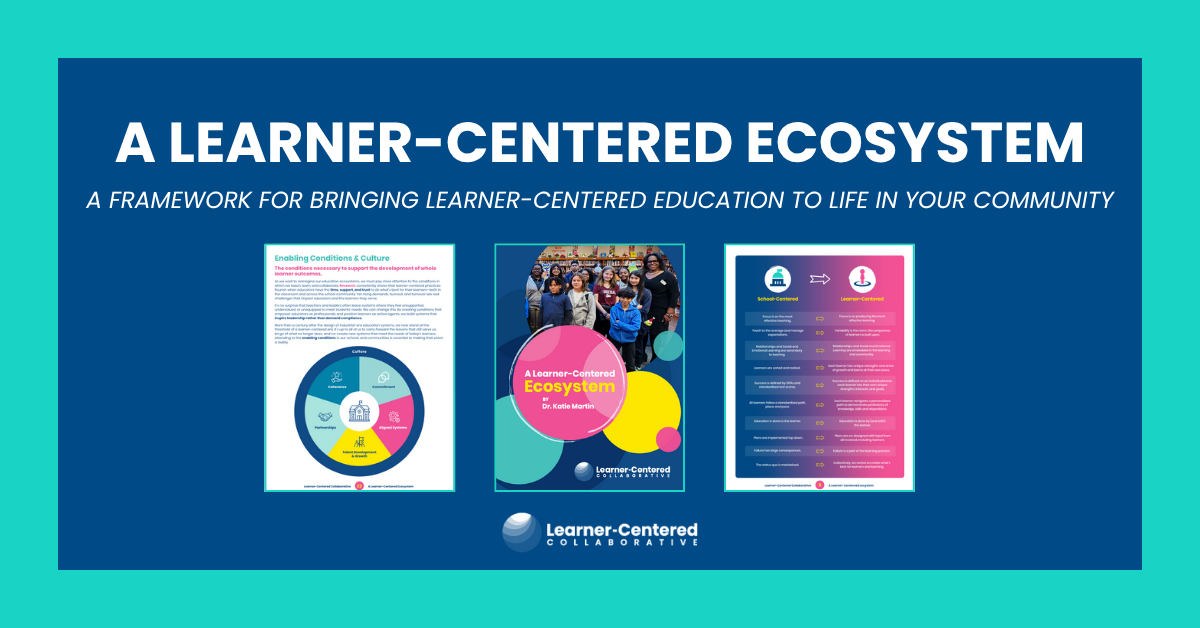Unraveling Mixed Messages: The Impact of Misaligned Systems in Education

Coherence across state, district, school, and classroom levels is critical for delivering clear and consistent messages to our learners. However, systemic misalignments often lead to mixed messages that can undermine our educational objectives and the experiences of our students.
The Complexity of Educational Systems
In simple terms, a system consists of two or more interacting elements. In education, the number of interacting elements is dizzying. These elements have been designed by different stakeholders with varied priorities and values across many decades—often leading to contradictions.
For instance, as Superintendent of Vista Unified School District, our 30-building district had one painter. To streamline operations, the painter selected one color that would be used across all facilities. From a maintenance perspective, this approach made perfect sense—reducing complexity and ensuring consistency; especially when you are a one-person team.
It’s just paint though, right? Surely it wouldn’t have an impact on learning. That is until our educators, who were empowered to create learner-centered communities within their classrooms, invited their learners to co-design their classroom environments. The first thing learners wanted to do? Brighten things up.
Maintenance began receiving multiple requests for different paint colors, but given the one-color standard, all requests were denied. This standardization system was unintentionally stifling creative expression and sending the message: “We value your innovation and individuality, but only within the constraints of our operational efficiencies.”
Who would have thought decisions around paint colors would have had such a meaningful impact on the agency learners felt in their classrooms? These unexpected and nuanced examples will always show up, so we must be prepared to tackle them one at a time through a clear problem-solving framework.
Cultivating Systemic Coherence
Achieving systemic coherence requires awareness of systems that are misaligned, acknowledging what ways we play an active role in creating this misalignment, and taking action to re-align our policies, messaging, and practices to our vision, mission, and values.
Once we are aware of and acknowledge the part we play in misaligned systems, we must engage in a learner-centered solution-finding process. We must include all members of the educational community in discussions about system design and alignment to ensure changes reflect a broad consensus and meet the diverse needs of the community. Making decisions without the people it directly affects at the table is antithetical to building a learner-centered community.
3 Common Misaligned Systems that Directly Impact Students
If you’re wondering where you might find misalignment in your school or district system, here are three of the most common examples.
1. Assessment Practices: Valuing Creativity, Yet Evaluating Success with Standardized Tests
We often proclaim our commitment to fostering skills like creativity, critical thinking, and collaboration—qualities we deem essential for the 21st-century learner. However, the over-reliance on standardized testing for assessment and evaluation contradicts this commitment.
These tests rarely capture the nuance of creative thought or cooperative skills, instead prioritizing rote memorization and individual performance. This misalignment not only confuses students but also undermines our efforts to cultivate a diverse set of skills in our learners.
Read More: Designing Assessments With Learners at the Center
2. Teacher Roles: Promoting Student Agency While Maintaining Control
Many educators express a desire to empower their students, to give them a voice and choice in their learning experiences. Yet, the transition from the traditional ‘sage on the stage’ to ‘guide on the side’ is fraught with challenges. In practice, some teachers struggle to relinquish control, defaulting to their own conditioning where the teacher is the exclusive knowledge-holder. This creates a dissonance for students who are encouraged to take ownership of their learning yet find themselves constrained by traditional classroom dynamics.
It’s worth noting this challenge is not unique to educators. When shifting to a learner-centered approach, all of us have to reimagine our educational roles.
Read More: How Might We Create Learner-Centered Teacher Credentials?
3. Professional Learning: Inconsistent Models
The way we train our educators can reflect deep systemic misalignments. Despite advocating for learner-centered, engaging, and collaborative classroom environments, professional development sessions often default to ‘sit-and-get’ formats. These sessions fail to model the very practices they promote, making it difficult for teachers to translate what they learn into their teaching. This not only affects teacher motivation but also impacts the quality of education students receive, as teachers are less likely to implement strategies they have not experienced themselves.
Read More: Changing How Students Learn Starts With Changing How Educators Learn
Conclusion: A Call for Unified Action
The path to a truly learner-centered educational system includes identifying and co-creating solutions to mixed messages created by misaligned systems. By recognizing these discrepancies and taking deliberate actions to align our practices across all levels, we can create a coherent, supportive, and effective learning environment that reflects our shared educational goals. This not only benefits our students by providing them with clear and empowering educational experiences but also enhances the professional satisfaction of our educators by ensuring their teaching practices are supported and echoed by systemic policies.






